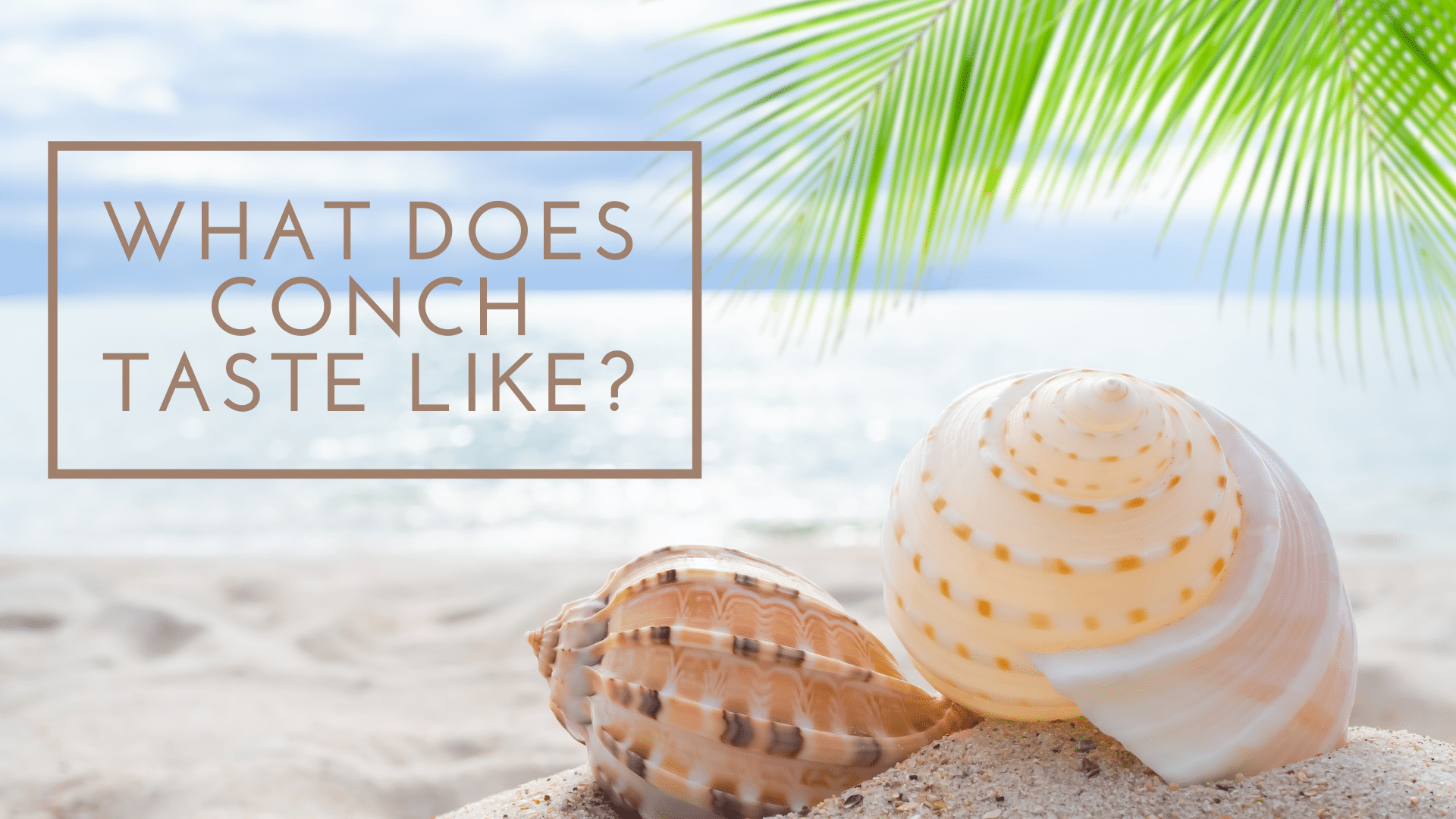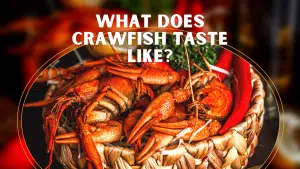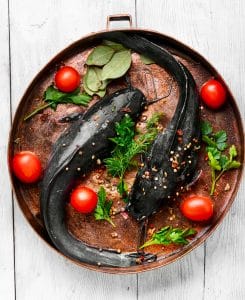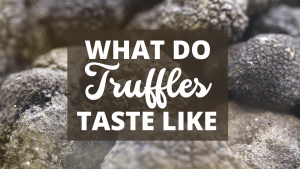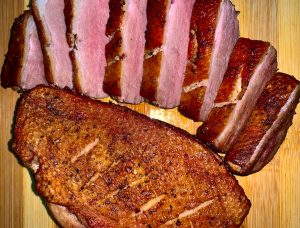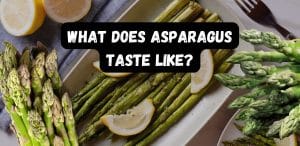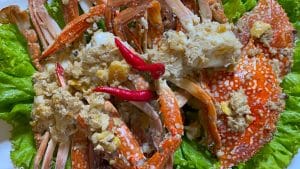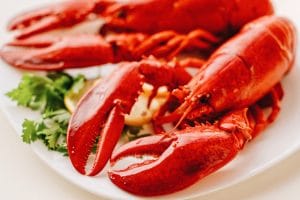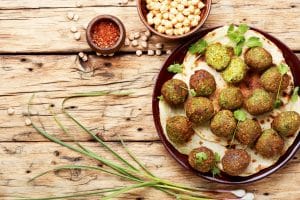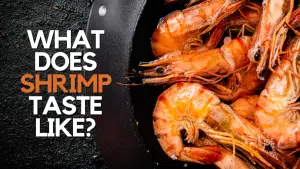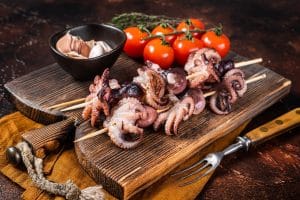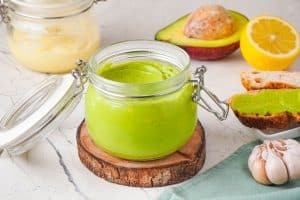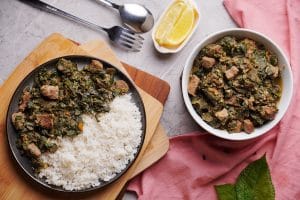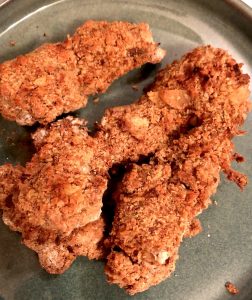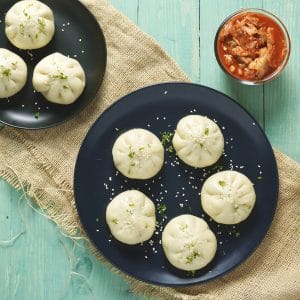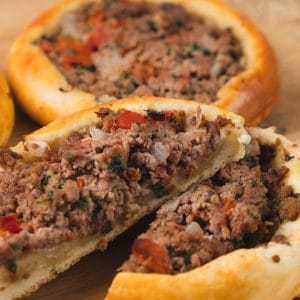What Does Conch Taste Like?
Important Note: When you buy through our links, we may earn a commission. As an Amazon Associate we earn from qualifying purchases. Content, pricing, offers and availability are subject to change at any time - more info.
Conch, pronounced “konk,” is a popular worldwide, enjoyed by Italians, Italian-Americans, Asians, Japanese, Koreans, and those living in the Caribbean. There are even legends that the conch’s “pistol” has aphrodisiac properties. But many have only encountered its shells in tourist shops. But is conch delicious, or just consumed because of those “pistol” rumors?
The taste of conch is often compared to foods like clams, abalone, and calamari. There is a slightly smoky and sweet flavor to its meat. Its texture can be nearly crunchy. However, wild or frozen conch is not quite as sweet as fresh, farmed conch. But the “pistols” of conch are pretty tasteless.
Conch is not just a stuff-able pasta shape. This mollusk is eaten both raw and cooked. How it is prepared impacts its taste. It’s also a low-calorie source of protein that is packed with omega fatty acids, Vitamin A, and iron. However, take care of where you source it, as poor hygiene can make consumers ill. Also, it is illegal in many areas to harvest it yourself.
- What Does Conch Taste Like?
- Does Conch Taste Like Calamari?
- Is Conch Supposed To Be Chewy?
- Is Conch Healthy To Eat?
- Is Blowing Conch Shells Healthy?
- Is It Safe To Eat Raw Conch?
- Can You Get Sick From Eating Conch?
- What Is Coliform: Sick After Eating Conch?
- What Is Vibrio Parahaemolyticus: Sick After Eating Conch?
- What Is Red Tide: Sick After Eating Conch?
- How Can You Tell If Conch Is Poisonous?
- Is It Safe To Eat Conch When Pregnant?
- Is Conch A Natural Viagra?
- Does Conch Have Benefits For Women?
- Why Is Conch Illegal?
- Is Conch Sustainable?
- What Does Conch Really Taste Like?
What Does Conch Taste Like?
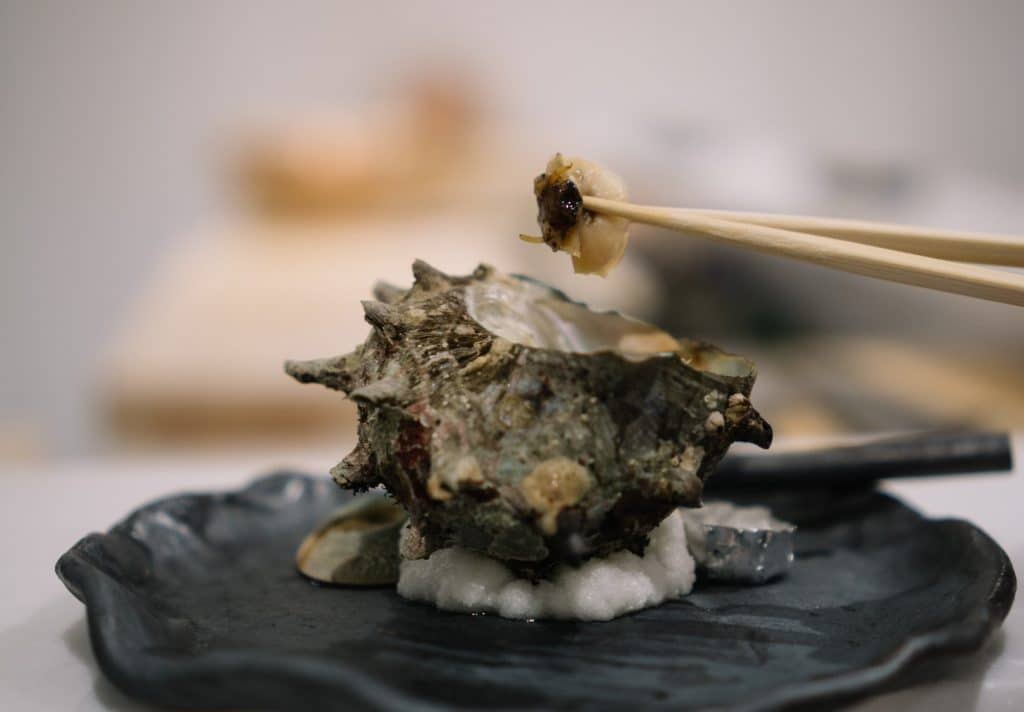
The taste of conch is compared to foods like clam, calamari, abalone, and a mixture of crab and salmon. However, despite coming from the sea, it doesn’t possess that fishy smell and only possesses a hint of saltines.
The flavor of conch is often brought out by its preparation. For example, the acid from lemon zest or marinated in lime juice brings out certain notes. Some find the mild flavor sweeter when served raw. Turning conch into breaded fritters can be delicious.
Conch’s flavor is best when it is tenderized and thinly sliced. The most popular method to tenderize conch is with a hammer. Then, if deep-frying, it is common to soak it in milk and vinegar first. It also does beautifully when lightly smoked.
Does Conch Taste Like Calamari?
Conch is often described as a milder form of calamari. Conch most resembles calamari when deep-fried and served with similar dips, such as tartar sauce.
Is Conch Supposed To Be Chewy?
Conch is chewy and can be downright rubbery if it hasn’t been tenderized before consumption. However, when properly prepared, it will only be slightly chewy.
Using a meat tenderizer or hammer are excellent methods to prevent conch from being rubbery. Also, slice it into small, thin pieces.
Another mistake that causes conch to be rubbery is overcooking it, especially when steaming or boiling it. Sometimes low heat over a longer period of time is better than fast and hot. Rubbery conch can also result from the pieces being cut into various sizes and thicknesses, leading to uneven cooking.
Is Conch Healthy To Eat?
Conch is an excellent source of lean protein. A 1 cup serving only has 165 calories, 33.4 g of protein, with only 1.52 g of fat.
Conch is also an incredibly rich source of manganese, a trace mineral the body needs to maintain its immune and nervous system. It is also necessary for bone and cartilage health, reduces inflammation, and activates an enzyme, prolidase, that makes skin cells. Thus, it aids wound healing.
Conch is also an excellent source of omega-3 fatty acid, which help keep the brain healthy and supports our immune system.
However, those on a low cholesterol diet may want to eat conch sparingly. A 100 g portion of conch has 64 mg of cholesterol. Nor does it contain any fiber.
| Nutrition | Daily Value From 1 Cup (127 Grams) Of Conch |
| Protein | 66.8% |
| Fat | 4.3% |
| Carbohydrate | 1.66% |
| Calcium | 12.4% |
| Iron | 22.38% |
| Magnesium | 71.9% |
| Phosphorus | 39.4% |
| Potassium | 4.4% |
| Zinc | 19.7% |
| Copper | 61.33% |
| Manganese | 2226% |
| B1 (Thiamin) | 6.33% |
| B2 (Riboflavin) | 7.85% |
| B3 (Niacin) | 8.26% |
| B6 (Pyridoxine) | 5.85% |
| B9 (Folate) | 56.75% |
| E | 53.6% |
Is Blowing Conch Shells Healthy?
Eating conch isn’t the only way to derive health benefits from the mollusk. Blowing into the conch shell is said to have therapeutic benefits. These include:
- Good exercise for children with a stammer
- It is thought to help clear heart blockages
- Boost to the respiratory system
- Strengthens bladder and reduces urinary tract complications and infections
- Strengthens lower abdominal, neck, and chest muscles
There is also research examining if the low sounds being emitted from blown conch shells have benefits for conditions such as:
- Anxiety
- Depression
- Stress
- Hypertension
- Insomnia
However, the act of blowing conch creates pressure on the eyes and other organs, thus making it an unsafe activity for people with certain conditions. Therefore, those with glaucoma, high blood pressure, or have a hernia are advised to avoid the practice of blowing conch.
Is It Safe To Eat Raw Conch?

It is popular to eat conch raw in salads and sushi. It is also common to swallow the “pistol” raw, without even chewing.
While many people do eat conch raw with no adverse side effects, there are small risks it can make you ill due to how it was handled and from seaborn organisms and bacteria such as ciguatoxin and vibrio parahaemolyticus. Good hygiene and soaking conch in freshwater before consumption will reduce the risks of eating it raw.
If you are planning to eat raw conch or buy it from a vendor, look at where the locals shop, check for good hygiene, and ask if the conch has been soaked in seawater or freshwater. Also, never eat conch in an area that has been battling red tide.
Can You Get Sick From Eating Conch?
You can get sick from eating conch. This most commonly occurs when it is eaten raw. Illnesses can result from coliform and vibrio parahaemolyticus bacteria. There are also health risks if you eat a conch harvested during a red tide outbreak.
What Is Coliform: Sick After Eating Conch?
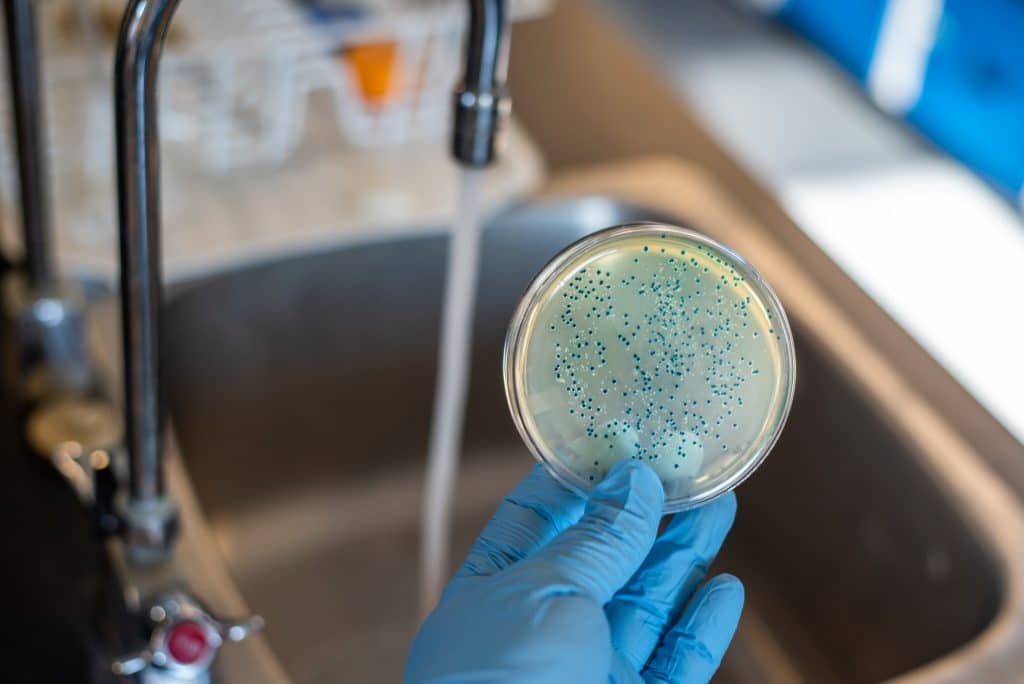
Coliform is a group of bacteria that sits in the digestive tract of many animals, including humans. Thus, it often comes out in animal waste. Many are not harmful, but a few can cause illness. One of the most notorious species of fecal coliform is E. coli.
Coliform gets on food by improper hygiene. For example, wastewater emptying into the sea can cause it to sit on the outside flesh of conch. This is why it is essential to rinse the mollusk in fresh, clean water rather than seawater to ensure any contaminates have been fully removed. Thankfully, cooking conch thoroughly will also kill coliform.
What Is Vibrio Parahaemolyticus: Sick After Eating Conch?
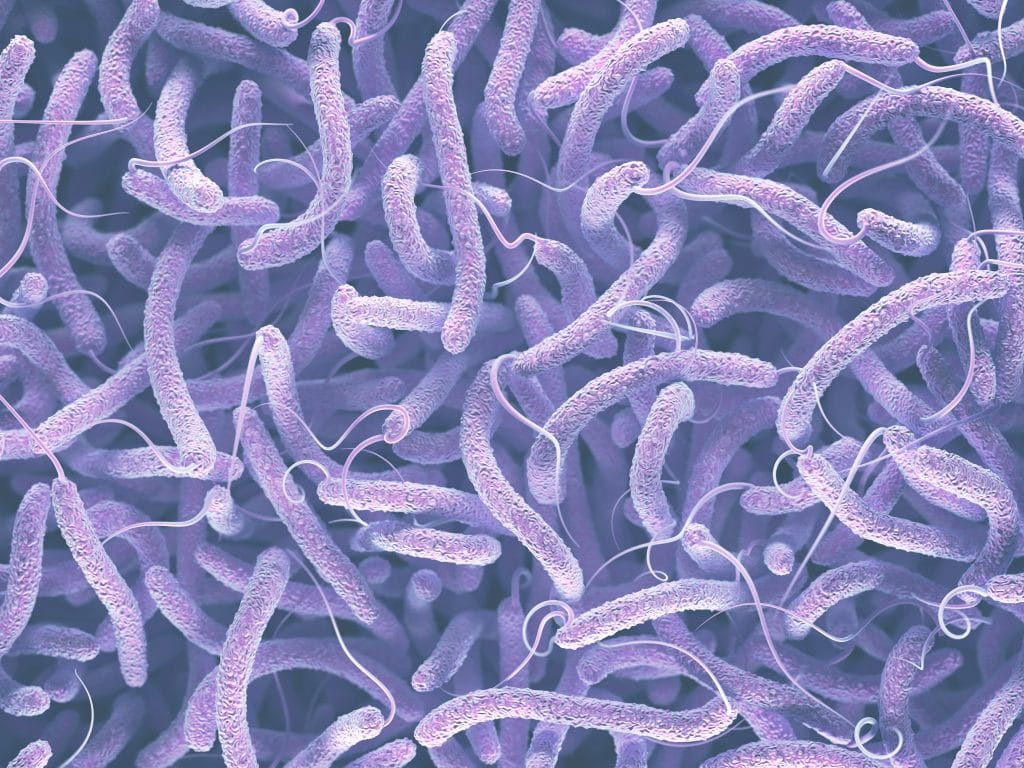
Vibrio parahaemolyticus is a common marine bacterium. It is the most common cause of seafood-borne illnesses, and there have been significant outbreaks in places such as Japan and Taiwan.
After the United States had a major outbreak in 1998, regulatory changes were made to how shellfish were monitored. Despite this, in 2004, there was an unusual outbreak caused by raw oysters harvested in the Gulf of Alaska. This unusual occurrence was blamed on warming sea temperatures.
This marine bacterium is easily avoided if you eat your seafood cooked. However, it is vital for those who enjoy it raw to wash conch and other marine foods in clean freshwater before preparing it to eat.
However, many vendors believe the taste of conch is better preserved if kept soaked in seawater. Making the situation worse, some people also prepare it using seawater. Thus, it is good to speak to vendors about the type of water they use in the storage and preparation of their conch.
What Is Red Tide: Sick After Eating Conch?
Red Tide is when the sea changes color due to algae growing in an unhealthy abundance. While red tides are a natural occurrence, they are becoming more frequent. It seems some pollutants can make red tides more common and last longer.
Red tides create toxins such as ciguatera and dinoflagellates. These unhealthy toxins collect in shellfish and other marine life, killing some fish. If these contaminated shellfish are eaten, such as conch, it causes illness and, in some cases, death.
Unfortunately, the dangers of red tide cannot be eliminated by cooking an impacted conch. Thus, you need to avoid conch when there is a red tide outbreak and, when buying conch, ask where and when it was harvested.
How Can You Tell If Conch Is Poisonous?
Unfortunately, it is not apparent by the look or smell if a conch has been impacted by harmful bacteria or was harvested during a red tide. Thus, it is important to ask vendors where and when a conch was harvested, rinse it with fresh water, and, if possible, cook it.
Avoid eating conch and other seafood in an area impacted by red tide.
Is It Safe To Eat Conch When Pregnant?
Cooked conch is safe to eat when pregnant. Therefore, eating it as a fried fritter and in soups and chowders is safe. Make sure the conch has been rinsed in freshwater before preparation and been cooked thoroughly, so its eternal temperature reaches 145 F. This will ensure any potentially harmful microbes have been killed.
However, pregnant people should avoid eating raw conch. Undercooked and raw conch carry some risk of foodborne illnesses, such as coliform and vibrio bacteria.
These bacteria can cause unpleasant digestive issues such as diarrhea, nausea, cramping, and vomiting. However, these bacteria can occasionally cause extremely adverse effects in pregnant people, such as miscarriage or premature labor.
Also, as mentioned above, conch can be impacted by “red tide syndrome.” Cooking will not kill this neurotoxin. Thus, do not eat any shellfish, including conch, if you are in an area being impacted by red tide.
Is Conch A Natural Viagra?
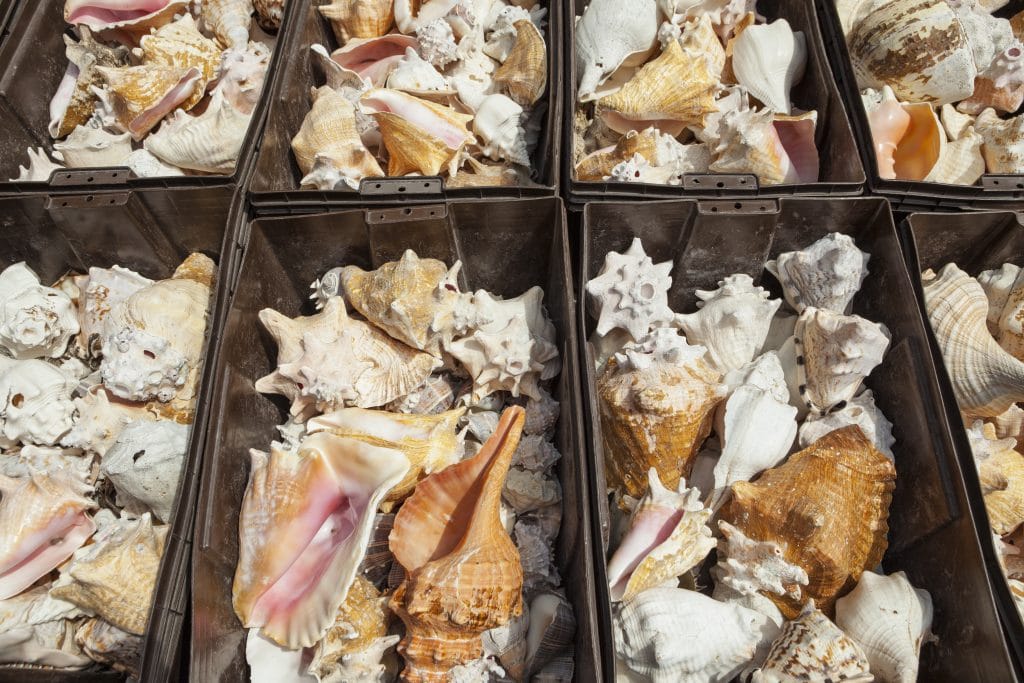
Conch have a “pistol” that resembles a part of many male mammals’ anatomy. This slimy and colorless “private part” of the mollusk is often sucked down (not chewed) and chased with a beer to improve the stamina and firmness of human men’s own “pistol.”
The reality is that both male and female conch have a “pistol.” This appendage is not actually a mating organ but a part of the mollusk’s digestive tract. This fact alone casts a dubious cloud over the sexual benefits of eating this part of the conch.
In the scientific community, there is a lack of evidence or studies that confirm the legend of the conch’s mighty “Viagra-like” benefits. Therefore, it is assumed that those reporting a special extra aphrodisiac “kick” are doing so thanks to the placebo effect. Then again, conch is high in B12 and vitamin E, two nutrients that are recommended for sexual health.
Does Conch Have Benefits For Women?
The aphrodisiac qualities of conch are mostly centered around men’s experience. However, there are some women who claim to get a “boost” from eating it. Also, some Chinese herbal healers use conch shells to treat women’s menopause symptoms.
Why Is Conch Illegal?
Florida Keyes used to burst with queen conch. Unfortunately, the numbers collapsed in the 1970s. This collapse led to it being illegal to harvest queen conch in Florida. This includes collecting its shells on beaches, even if the animal, itself, is no longer inside.
Globally, conch isn’t considered in danger of becoming extinct. However, the Convention of Internal Trade of Endangered Species of Wild Fauna And Flora (CITES) has listed conch in Appendix II. This means that while the animal is not currently threatened, it could end up on the endangered list there are no trade controls in place.
Is Conch Sustainable?
Conch is sustainable, provided it isn’t legally sourced. Since it is caught by hand, the overall impact on marine habitat is minimal. Conch can also be farmed, although it is not a popular business set up yet. In the United States, conch is listed as a “smart” seafood choice, as it is part of a rebuilding plan that limits harvesting numbers.
What Does Conch Really Taste Like?
Conch is a delicious low-calorie protein source that tastes similar to popular seafood such as calamari and clams. It is also a more sustainable seafood choice than many other offerings. Conch is pretty safe to eat, although caution must be taken when eating it raw. Never eat it during a red tide outbreak. Lastly, no promises it will help you in the bedroom.
